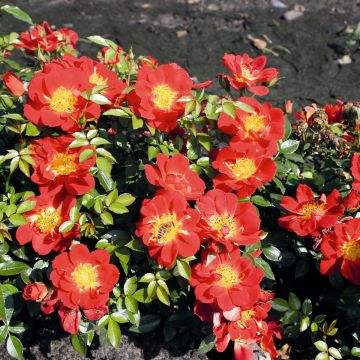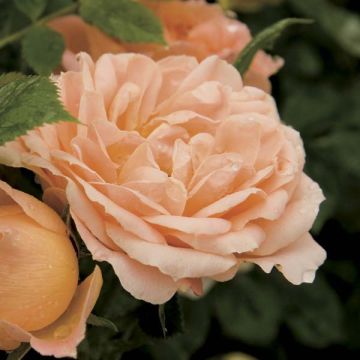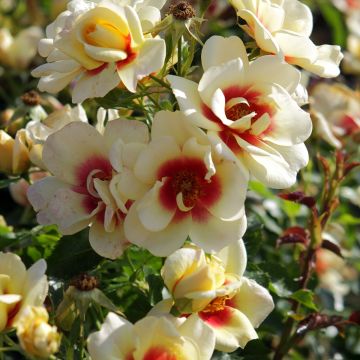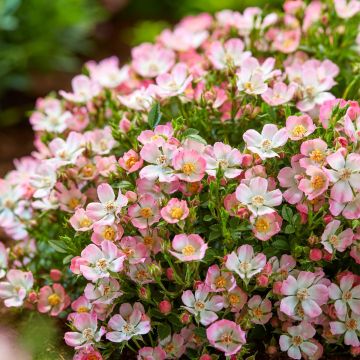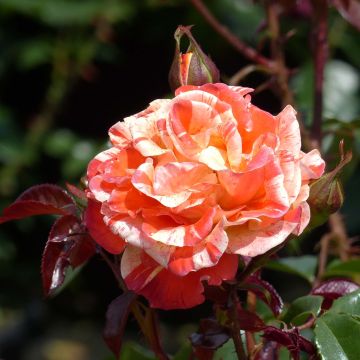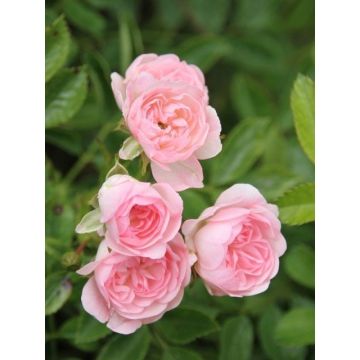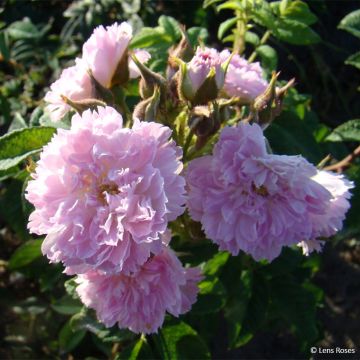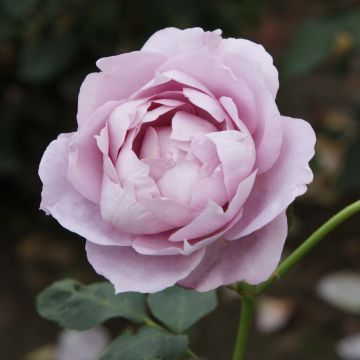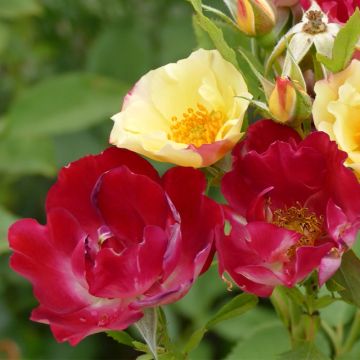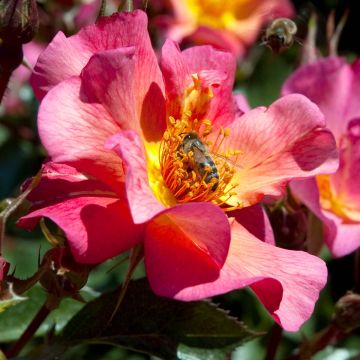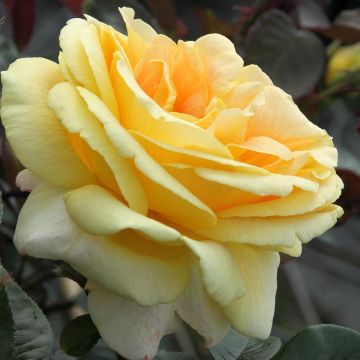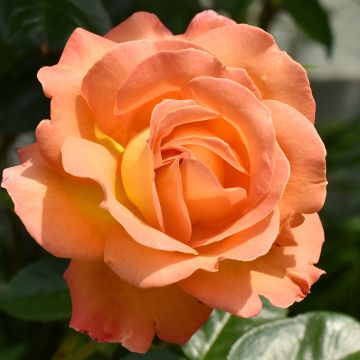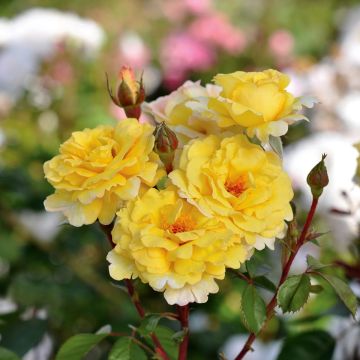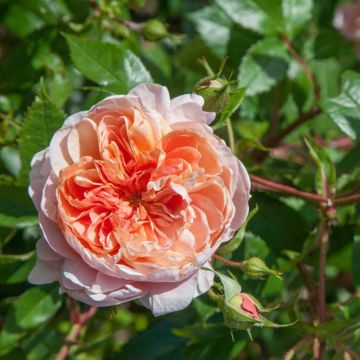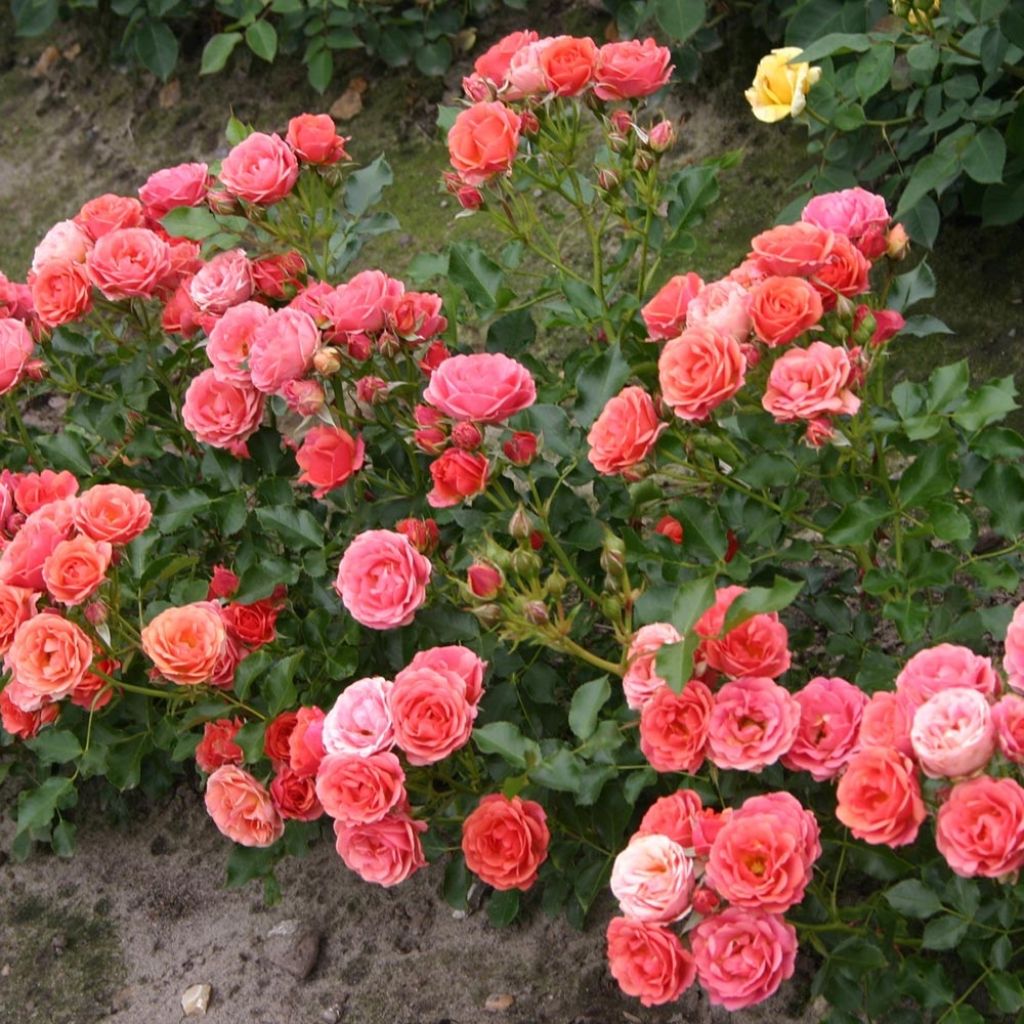

Rosa x polyantha - Lilliputs 'Mandarin' - Miniature Rose


Rosa x polyantha - Lilliputs 'Mandarin' - Miniature Rose
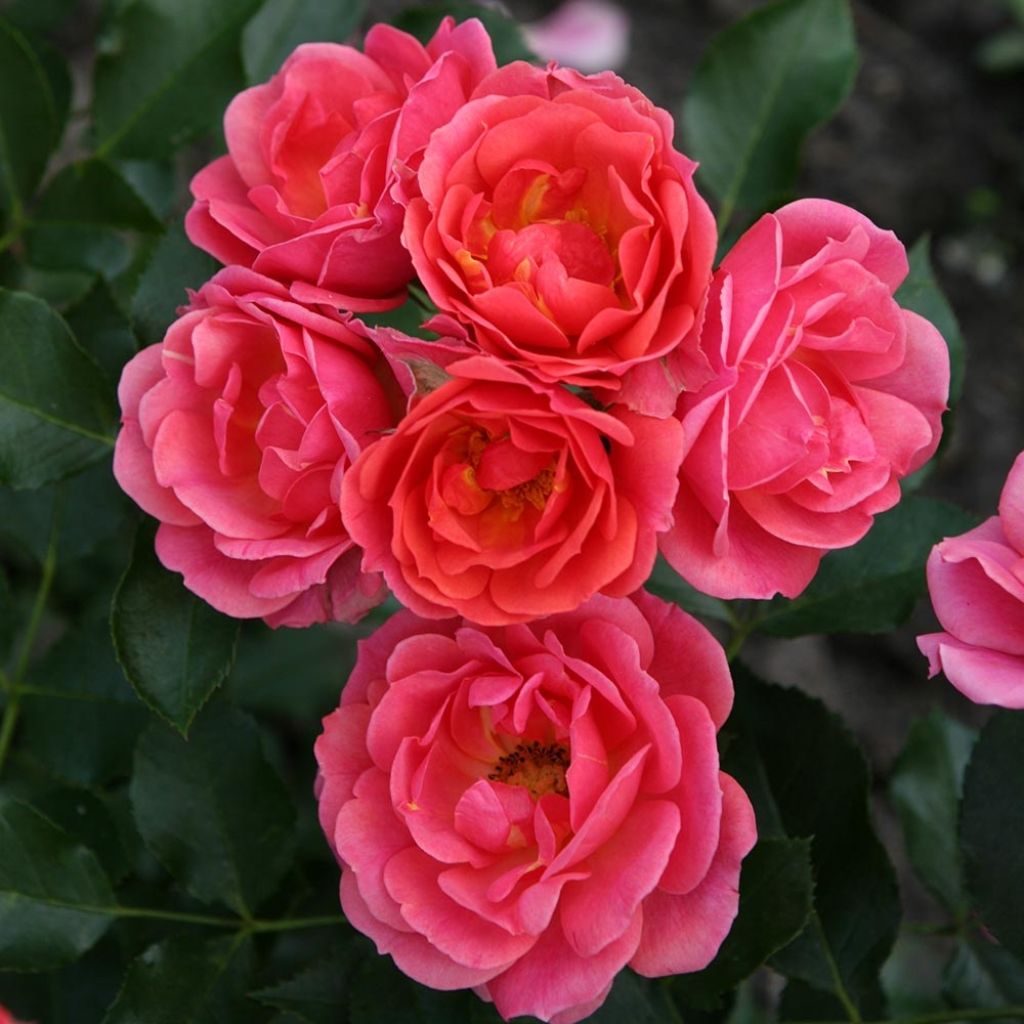

Rosa x polyantha - Lilliputs 'Mandarin' - Miniature Rose
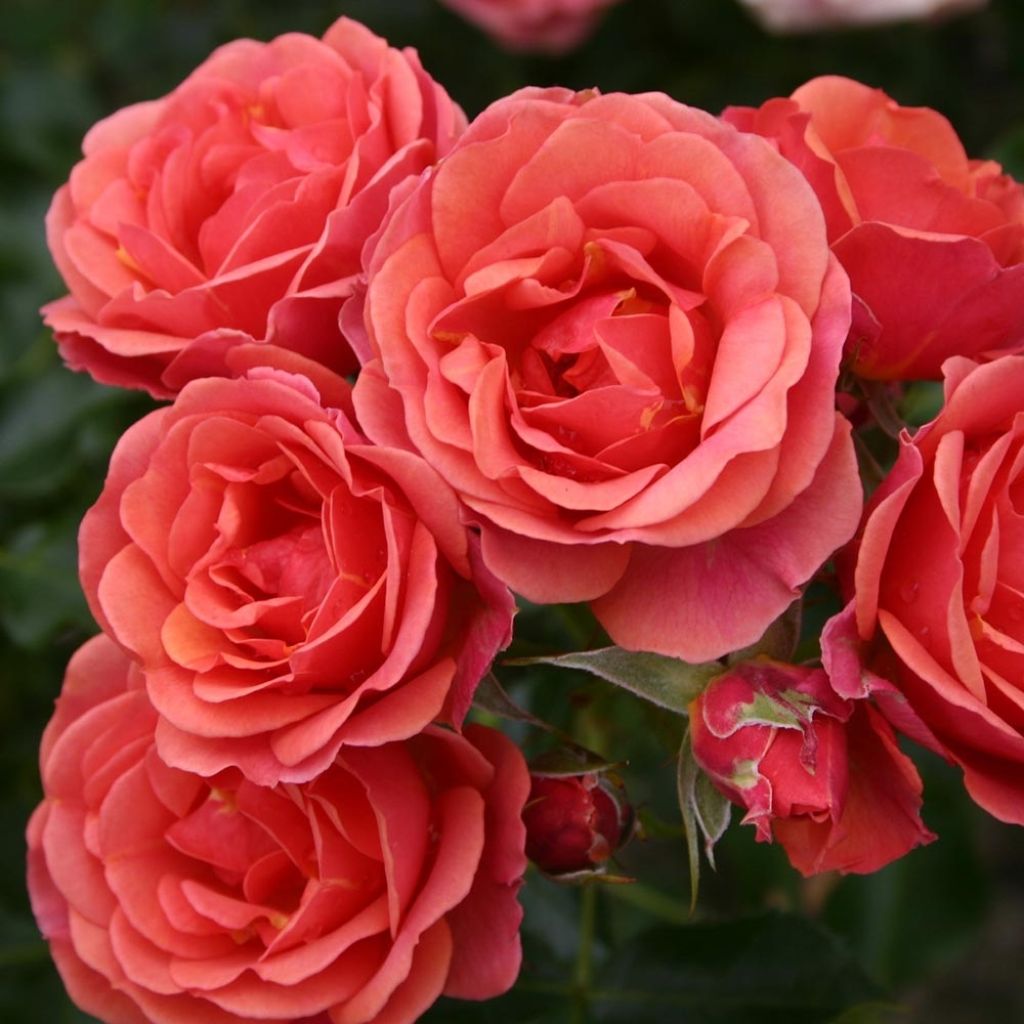

Rosa x polyantha - Lilliputs 'Mandarin' - Miniature Rose
Rosa x polyantha - Lilliputs 'Mandarin' - Miniature Rose
Rosa x polyantha LILLIPUTS® Mandarin (KORlisuha)
KORlisuha, Polyantha Rose, Dwarf Rose
Many thanks to Clothilde from the order preparation and ? from the shipping department. The rose bush I received appears to be healthy. I have planted it near the 'Solero' variety and now I am eagerly awaiting to see how it progresses... Will it take root or not?
Thierry, 24/08/2022
Why not try an alternative variety in stock?
View all →This plant carries a 24 months recovery warranty
More information
We guarantee the quality of our plants for a full growing cycle, and will replace at our expense any plant that fails to recover under normal climatic and planting conditions.
From €5.90 for pickup delivery and €6.90 for home delivery
Express home delivery from €8.90.
Delivery to Corse prohibited: UE law prohibits the import of this plant from mainland France to Corse as part of the fight against Xylella fastidiosa. Please accept our sincere apologies.
More information
Does this plant fit my garden?
Set up your Plantfit profile →
Description
The 'Mandarin' rose (KORlisuha) is part of a series of particularly floriferous and resistant miniature varieties, the Lilliputs, created by the German rose breeder Kordes. It is distinguished by the particularly warm colour of its miniature double roses, intermediate between red and coppery salmon. It is a very bushy little shrub with a nicely rounded habit, which blooms continuously from late spring until the first frost in radiant bouquets enhanced by lovely glossy foliage. This charming variety is also highly disease-resistant and easy to grow in the ground and pots..
The flowers of the Rosa Mandarin KORlisuha gathered in terminal bouquets come from the polyantha rose, an old hybrid derived from Rosa multiflora and Rosa chinensis. This hybrid variety was introduced in 2016 by Kordes.
This tiny and well-behaved bush has a bushy and branching habit, very dense and always neat. It will reach about 50 cm (20in) in height and 40 cm (16in) in width in a few years. The double flowers, measuring 4 cm (2in), are abundantly produced and continuously blooming from June to October if the soil remains moist. In this Mandarin variety, the flowers comprise 17 to 25 salmon-red petals assembled in a cup shape. This variety also develops healthy, well-furnished foliage, with small dentate leaflets measuring no more than 2 cm (1in) long and 1 cm (0in) wide, of a beautiful bright and glossy green. It is deciduous, disappearing in winter and regrowing in spring on short stems equipped with thorns.
The 'Mandarin' Lilliputs rose is terrific for borders, flower beds, pots or containers on the terrace, or patio. It can be combined with other miniature roses in harmonious colours or planted in groups of 3 plants arranged in a triangle at the centre of a small flower bed. Plant it en masse along the edge of the terrace or a small pathway. It can be paired with perennial geraniums (Geranium Blue Cloud, Anne Folkard, Nimbus, Orion), campanulas (lactiflora, rapunculoides), catmints, perennial salvias, creeping baby's breath, or lobelias, depending on your tastes. This plant will improve the look of bush rose beds by hiding the base of the plants.
Report an error about the product description
Rosa x polyantha - Lilliputs 'Mandarin' - Miniature Rose in pictures
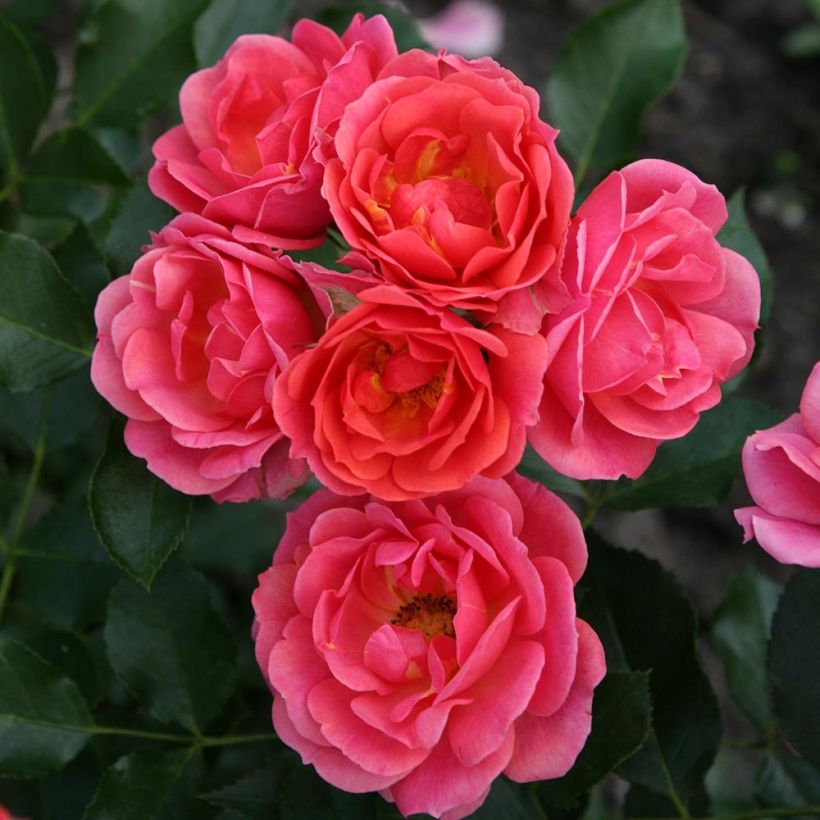

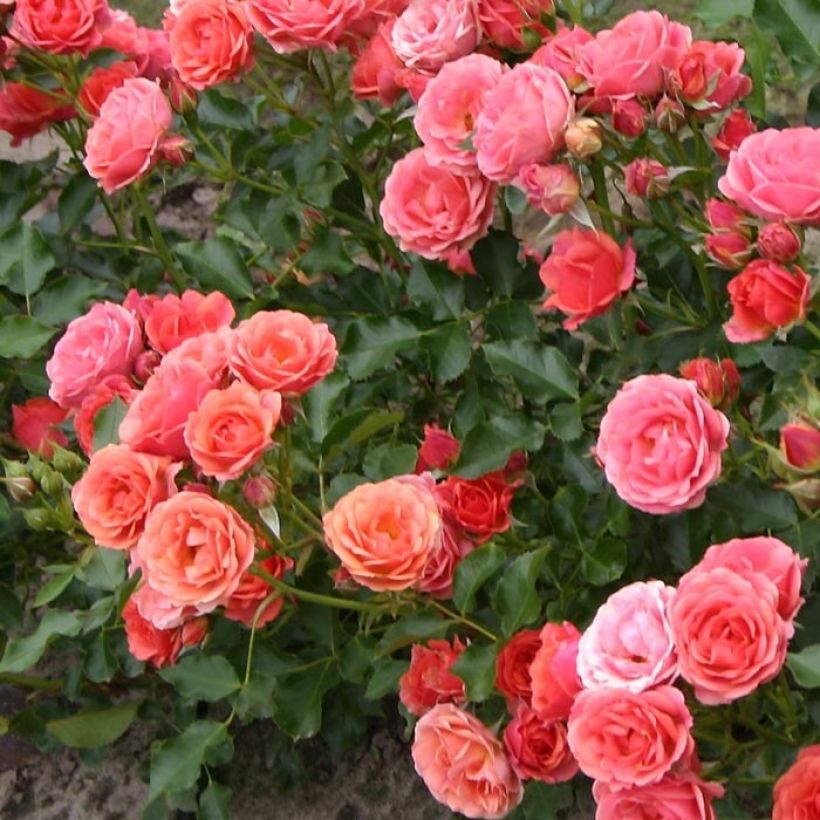

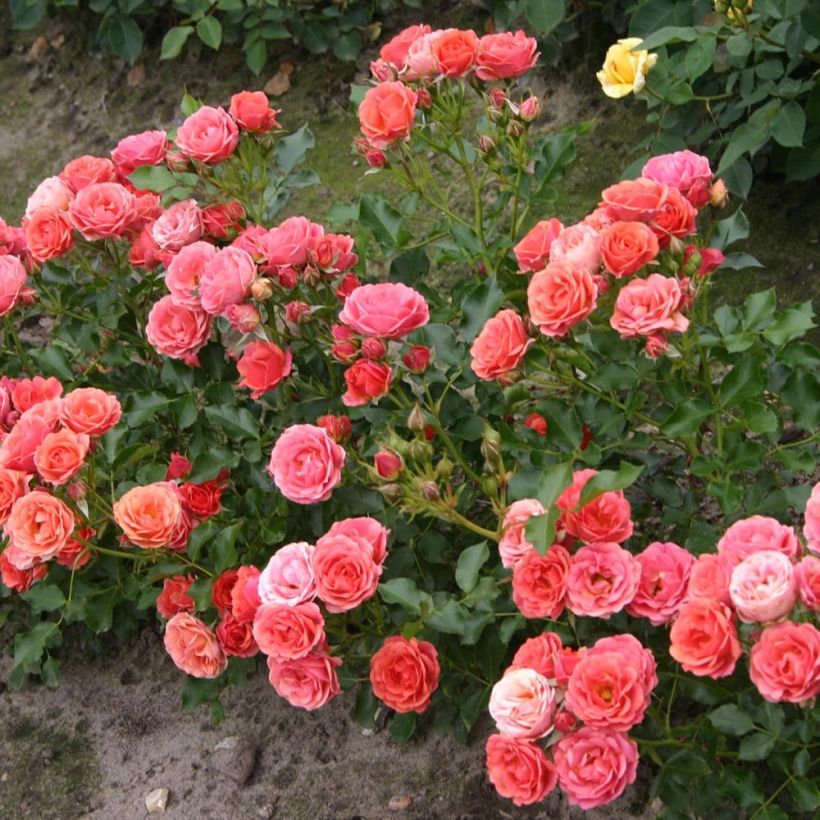

Plant habit
Flowering
Foliage
Botanical data
Rosa
x polyantha
LILLIPUTS® Mandarin (KORlisuha)
Rosaceae
KORlisuha, Polyantha Rose, Dwarf Rose
Cultivar or hybrid
Other Dwarf and mini Roses
Planting and care
Planting your rose requires some preparation. Begin by working the soil to a depth of 25 cubic cm and adding a base amendment like blood, fish, and bone to the bottom of the planting hole. Remove the plant from its pot and position it by covering the top of the root ball with 3 cm (1in) of soil. Refill the hole and water generously to eliminate any air pockets. It's essential to water the rose regularly for a few weeks during dry weather to help the roots grow. Use a special rose fertiliser that stimulates plant flowering. Choose a sunny location or partial shade to plant your rose in hot regions.
Roses may develop unsightly spots at the end of summer, but this is a natural occurrence and doesn't harm the rose's growth.
Planting period
Intended location
Care
-
, onOrder confirmed
Reply from on Promesse de fleurs
Roses by purpose
Haven't found what you were looking for?
Hardiness is the lowest winter temperature a plant can endure without suffering serious damage or even dying. However, hardiness is affected by location (a sheltered area, such as a patio), protection (winter cover) and soil type (hardiness is improved by well-drained soil).

Photo Sharing Terms & Conditions
In order to encourage gardeners to interact and share their experiences, Promesse de fleurs offers various media enabling content to be uploaded onto its Site - in particular via the ‘Photo sharing’ module.
The User agrees to refrain from:
- Posting any content that is illegal, prejudicial, insulting, racist, inciteful to hatred, revisionist, contrary to public decency, that infringes on privacy or on the privacy rights of third parties, in particular the publicity rights of persons and goods, intellectual property rights, or the right to privacy.
- Submitting content on behalf of a third party;
- Impersonate the identity of a third party and/or publish any personal information about a third party;
In general, the User undertakes to refrain from any unethical behaviour.
All Content (in particular text, comments, files, images, photos, videos, creative works, etc.), which may be subject to property or intellectual property rights, image or other private rights, shall remain the property of the User, subject to the limited rights granted by the terms of the licence granted by Promesse de fleurs as stated below. Users are at liberty to publish or not to publish such Content on the Site, notably via the ‘Photo Sharing’ facility, and accept that this Content shall be made public and freely accessible, notably on the Internet.
Users further acknowledge, undertake to have ,and guarantee that they hold all necessary rights and permissions to publish such material on the Site, in particular with regard to the legislation in force pertaining to any privacy, property, intellectual property, image, or contractual rights, or rights of any other nature. By publishing such Content on the Site, Users acknowledge accepting full liability as publishers of the Content within the meaning of the law, and grant Promesse de fleurs, free of charge, an inclusive, worldwide licence for the said Content for the entire duration of its publication, including all reproduction, representation, up/downloading, displaying, performing, transmission, and storage rights.
Users also grant permission for their name to be linked to the Content and accept that this link may not always be made available.
By engaging in posting material, Users consent to their Content becoming automatically accessible on the Internet, in particular on other sites and/or blogs and/or web pages of the Promesse de fleurs site, including in particular social pages and the Promesse de fleurs catalogue.
Users may secure the removal of entrusted content free of charge by issuing a simple request via our contact form.
The flowering period indicated on our website applies to countries and regions located in USDA zone 8 (France, the United Kingdom, Ireland, the Netherlands, etc.)
It will vary according to where you live:
- In zones 9 to 10 (Italy, Spain, Greece, etc.), flowering will occur about 2 to 4 weeks earlier.
- In zones 6 to 7 (Germany, Poland, Slovenia, and lower mountainous regions), flowering will be delayed by 2 to 3 weeks.
- In zone 5 (Central Europe, Scandinavia), blooming will be delayed by 3 to 5 weeks.
In temperate climates, pruning of spring-flowering shrubs (forsythia, spireas, etc.) should be done just after flowering.
Pruning of summer-flowering shrubs (Indian Lilac, Perovskia, etc.) can be done in winter or spring.
In cold regions as well as with frost-sensitive plants, avoid pruning too early when severe frosts may still occur.
The planting period indicated on our website applies to countries and regions located in USDA zone 8 (France, United Kingdom, Ireland, Netherlands).
It will vary according to where you live:
- In Mediterranean zones (Marseille, Madrid, Milan, etc.), autumn and winter are the best planting periods.
- In continental zones (Strasbourg, Munich, Vienna, etc.), delay planting by 2 to 3 weeks in spring and bring it forward by 2 to 4 weeks in autumn.
- In mountainous regions (the Alps, Pyrenees, Carpathians, etc.), it is best to plant in late spring (May-June) or late summer (August-September).
The harvesting period indicated on our website applies to countries and regions in USDA zone 8 (France, England, Ireland, the Netherlands).
In colder areas (Scandinavia, Poland, Austria...) fruit and vegetable harvests are likely to be delayed by 3-4 weeks.
In warmer areas (Italy, Spain, Greece, etc.), harvesting will probably take place earlier, depending on weather conditions.
The sowing periods indicated on our website apply to countries and regions within USDA Zone 8 (France, UK, Ireland, Netherlands).
In colder areas (Scandinavia, Poland, Austria...), delay any outdoor sowing by 3-4 weeks, or sow under glass.
In warmer climes (Italy, Spain, Greece, etc.), bring outdoor sowing forward by a few weeks.




































